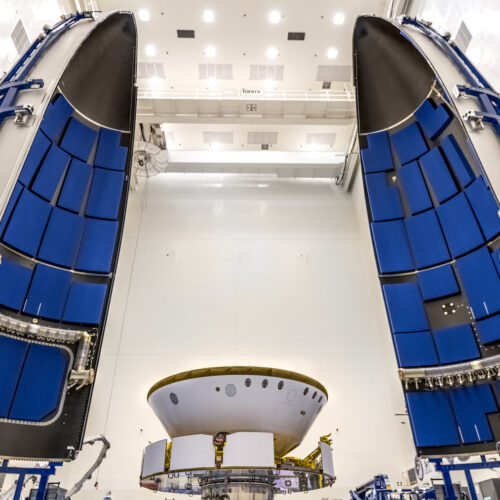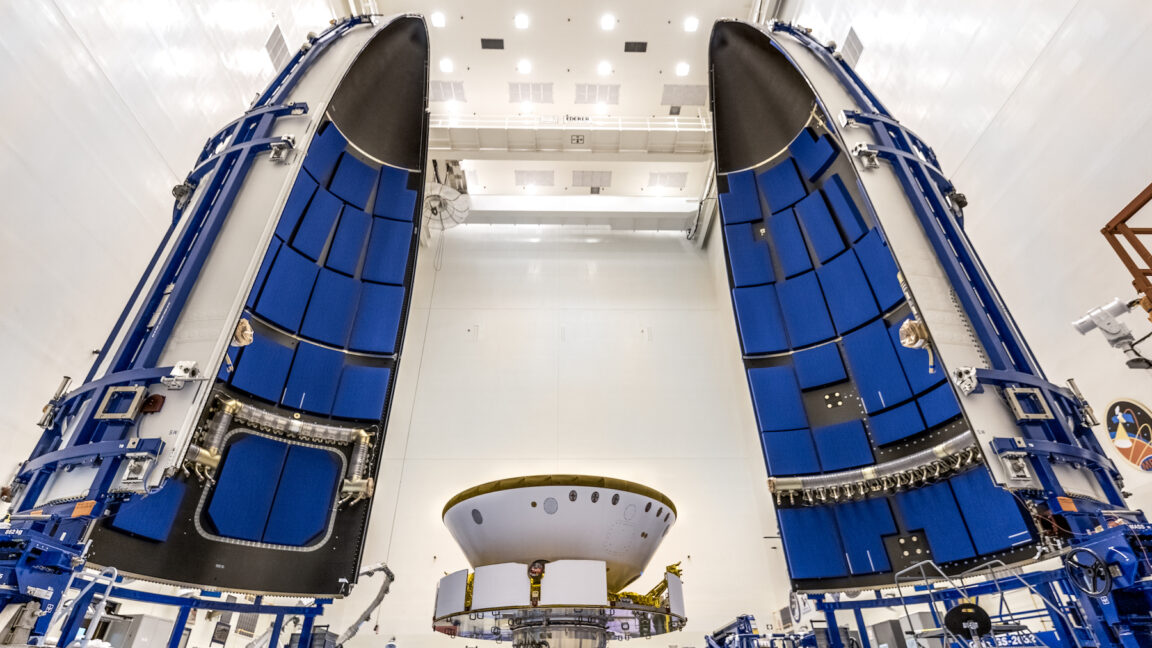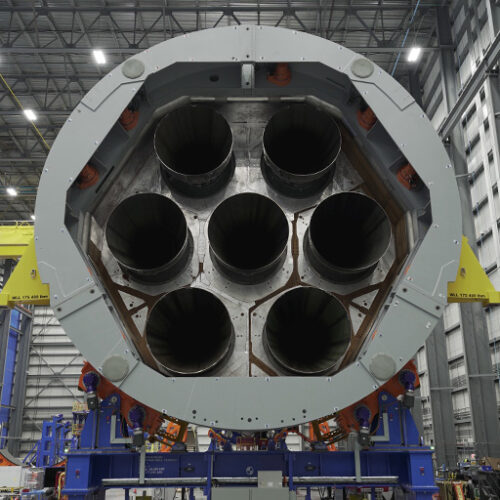‘Thursday Night Football’: How to Watch the Houston Texans vs. New York Jets Online Without Cable





A little more than a year ago, a snippet of video that wasn't supposed to go public made its way onto United Launch Alliance's live broadcast of an Atlas V rocket launch carrying three classified surveillance satellites for the US Space Force and the National Reconnaissance Office.
On these types of secretive national security missions, the government typically requests that the launch provider stop providing updates on the ascent into space when the rocket jettisons its two-piece payload fairing a few minutes after launch. And there should be no live video from the rocket released to the public showing the fairing separation sequence, which exposes the payloads to the space environment for the first time.
But the public saw video of the clamshell-like payload fairing falling away from the Atlas V rocket as it fired downrange from Cape Canaveral, Florida, on September 10, 2023. It wasn't pretty. Numerous chunks of material, possibly insulation from the inner wall of the payload shroud's two shells, fell off the fairing. The video embedded below shows the moment of payload fairing jettison.


© NASA/Christian Mangano
















Welcome to Edition 7.17 of the Rocket Report! Next week marks 10 years since one of the more spectacular launch failures of this century. On October 28, 2014, an Antares rocket, then operated by Orbital Sciences, suffered an engine failure six seconds after liftoff from Virginia and crashed back onto the pad in a fiery twilight explosion. I was there and won't forget seeing the rocket falter just above the pad, being shaken by the deafening blast, and then running for cover. The Antares rocket is often an afterthought in the space industry, but it has an interesting backstory touching on international geopolitics, space history, and novel engineering. Now, Northrop Grumman and Firefly Aerospace are developing a new version of Antares.
As always, we welcome reader submissions. If you don't want to miss an issue, please subscribe using the box below (the form will not appear on AMP-enabled versions of the site). Each report will include information on small-, medium-, and heavy-lift rockets as well as a quick look ahead at the next three launches on the calendar.

Astra gets a lifeline from DOD. Astra, the launch startup that was taken private again earlier this year for a sliver of its former value, has landed a new contract with the Defense Innovation Unit (DIU) to support the development of a next-gen launch system for time-sensitive space missions, TechCrunch reports. The contract, which the DIU awarded under its Novel Responsive Space Delivery (NRSD) program, has a maximum value of $44 million. The money will go toward the continued development of Astra’s Launch System 2, designed to perform rapid, ultra-low-cost launches.


© Blue Origin